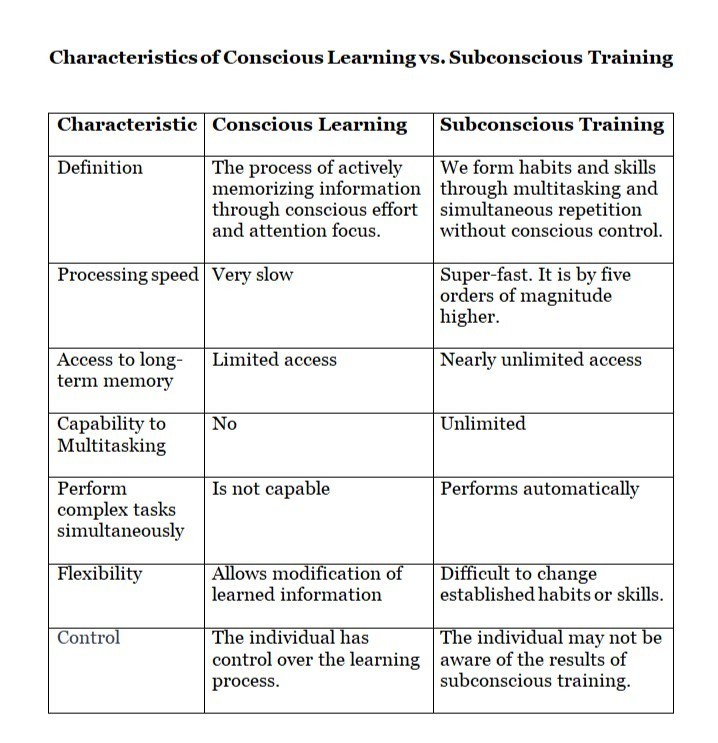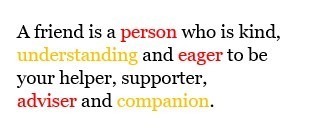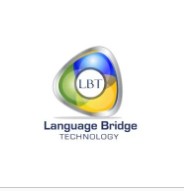Can You Choose What To Forget Or Remember?
Deeply ingrained beliefs and misconceptions in education are difficult to challenge. We must be open-minded and willing to question and evaluate prevailing views and ideas by considering a variety of perspectives and asking if they are true. Let’s consider one example. Multiple companies in the language industry use voice recognition technology to correct students’ pronunciation and provide immediate feedback. Most ESL teachers believe that corrective feedback is necessary, as if our brain can forget errors and remember the correct words or pronunciation. However, it is a known fact that students repeat their errors despite multiple corrections made by teachers.
The list of companies offering corrective feedback and AI-driven personalized learning is extensive. It starts with companies like Duolingo, Babbel, Busuu, etc. Each of these companies has many millions of customers. Magnilearn and Lanlo are the latest companies on that list, offering similar corrective feedback with AI personalized learning. However, this approach is not a silver bullet for language learning because it is based on the following misconception: educators believe that we simultaneously apply conscious and subconscious learning when we learn a foreign language.
Conscious Learning Vs. Subconscious Training
We inferred this misconception because we may start with conscious learning, but when certain conditions are created, the process is quickly transferred to subconscious training. For example, we start driving lessons in a conscious mode. Still, after multitasking becomes possible and conscious control is turned off, we automatically start driving in a subconscious mode. To understand why we could never concurrently use both conscious and subconscious minds in the same process, let’s consider the characteristics of these two modes of operation of our mind. 
It is important to note that the characteristics of conscious learning and subconscious training differ so much that their combined use on the same subject or skill becomes mutually exclusive. On this ground, giving corrective feedback is ineffective, since it reinforces the conscious processing of information and precludes the transition to subconscious training.
AI-Driven Corrective Feedback
The corrective feedback is marketed with the label of AI-driven personalized dialogue. Since adults approach these dialogues consciously, they unintentionally fail to memorize them due to appalling forgetting curves, distraction, lack of interest, or cognitive overload. Personalized learning does not make much sense when using old conscious learning or memorization pedagogy. Corrective feedback provides learners with information about their language errors or mistakes to help them improve their language skills. Here is an example of corrective feedback:
Student: “I explain him yesterday how best learning vocabulary.”
Teacher: “It should be ‘I explained to him yesterday how best to learn vocabulary.’ Remember to use the past tense to discuss an event that occurred yesterday. After the verb ‘explained,’ you need a preposition ‘to’ before ‘him’.”
The teachers believe that if students understand the errors, they will avoid them in the future. This belief is a misconception because understanding an error and being able to correct it in natural communication requires different cognitive processes. Even if learners can recognize a mistake, they may not have developed the automaticity needed to avoid it in spontaneous communication. It is an incredibly challenging task for language learners who consciously process the language by memorizing and then trying to recall vocabulary and grammar rules.
Corrective Feedback On Pronunciation During Language Learning
Adult learners often understand their errors; however, understanding alone does not guarantee that they can avoid errors in future communication. Fossilized or entrenched errors can be problematic for adult language learners to overcome. These errors become so ingrained in a learner’s language that they become automatic and are difficult to unlearn, so they continue to make the same errors even after they have been corrected.
Communicative competence in a second language could be developed through subconscious training when adults can automatically produce two or three words per second using internalized language patterns. Here is another example of corrective feedback on pronunciation:
The feedback suggests that the words highlighted in red are mispronounced, and those highlighted in yellow should be improved. Is this information helpful? Absolutely not. A learner cannot change or improve the pronunciation of the highlighted words. In my previous article, I explained why.
Subconscious Training And Pronunciation
It takes about 100 muscles to speak! Our subconscious mind controls the coordination of 100 muscles. That is why consciously remembering the correct pronunciation of words in a non-native language would not work. It is like a muscle; the more you practice your pronunciation, the better it becomes, not because you have learned or remembered it but because you trained it. Your subconscious has recorded the correct patterns, allowing you to reproduce them effortlessly. No grammatical patterns or correct word pronunciations could be memorized because we have appalling forgetting curves. Even if it would be possible to memorize, it is not possible to use this information because memory recall is very slow and does not allow us to produce two or three words per second necessary to support natural communication.
Children learn languages subconsciously, and native speakers communicate in a language automatically (subconsciously). They consciously plan and formulate the message they want to convey, but speaking is performed subconsciously. They use speech patterns developed through experience and exposure automatically without conscious control or recalling information from memory. Why do you think that non-native learners could learn language consciously?
When we make an error, it is made subconsciously and without conscious thought, which makes it more deeply ingrained in our memory. On the other hand, when we try to remember a corrected version consciously, it cannot be strongly encoded in our memory due to the lack of automatic processing. Native speakers in everyday conversations use automatic speech that does not require conscious thought or attention. Native speakers have internalized the grammar and vocabulary of their language to such an extent that they can produce it without having to think about each word or rule.
Corrective Feedback By Voice Recognition Software
The corrective feedback by voice recognition software is demotivating and ineffective since it shows too many errors, which are reinforced by simply taking note of them. Most importantly, it activates conscious learning or memorization, which is ineffective in second language acquisition. Our subconscious mind operates automatically and fluently by instantaneously providing language patterns according to the thoughts and feelings we verbalize. In subconscious training, learners internalize grammar and vocabulary without consciously trying to do so. As a result, information processed subconsciously is more deeply encoded in our long-term memory and easier to recall automatically. That is why errors made subconsciously are remembered more readily than corrected versions we try to remember consciously.
Using AI for learning through obsolete pedagogy is similar to creating the most powerful rocket and installing it on an obsolete truck. In modern pedagogy, language chunks are recorded by the subconscious part of the mind and appear momentarily on the tip of the tongue without conscious control or a recall process.
Conclusion
This article argues that AI-based corrective feedback using voice recognition technology in language learning is unhelpful because it causes stress. The article explains the differences between conscious and subconscious learning, pointing out that the former is slow and has limited access to long-term memory. At the same time, the latter is fast, flexible, and has unlimited access to long-term memory. The article also highlights that corrective feedback reinforces conscious learning and precludes the transition to subconscious training. It is suggested that language learning is best accomplished through subconscious training, as it is faster and has unlimited multitasking capabilities, and results in better retention of information and the automatic development of all English skills concurrently.
Image Credits:
- All images/tables within the body of the article have been created and supplied by the author.

